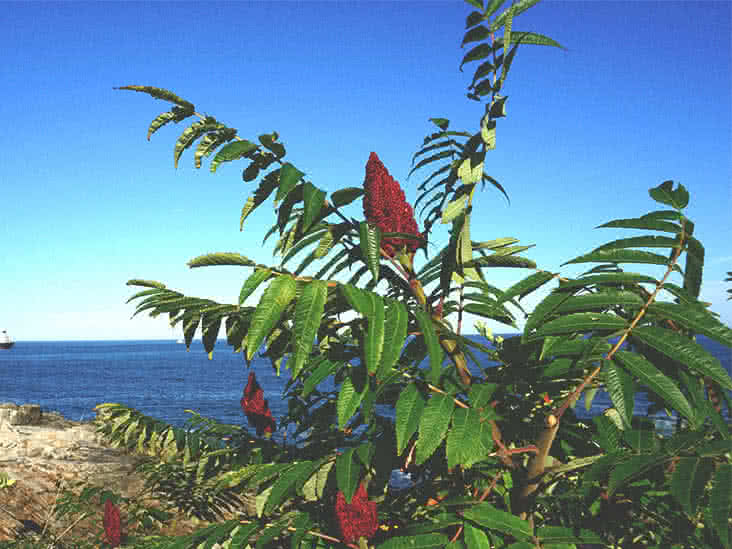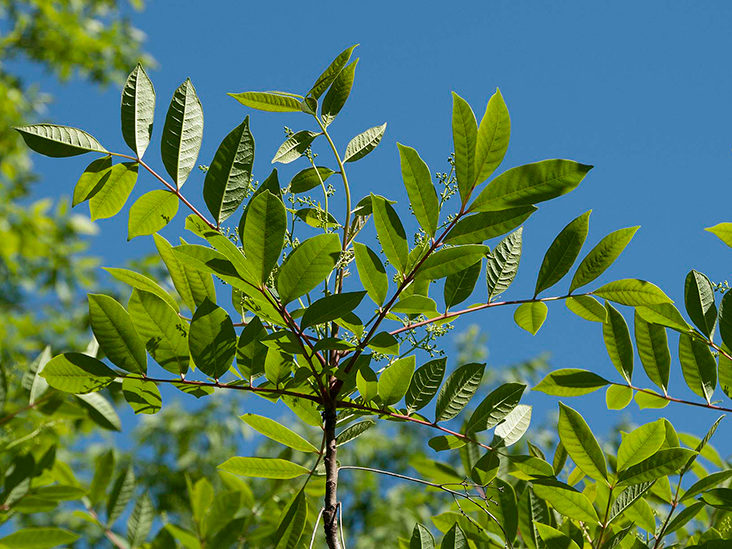Information About Poison Sumac

Why do people like to use poison sumac as a natural insect repellent? What's poison ivy and why is it so toxic to bugs?
Poison sumac is a very common toxic plant that causes an itchy red rash to appear on the skin. The rash is caused by urushiol (the plant's bitter-tasting sap), which attracts insects. Other common toxic plants are poison oak and poison sumac, which produce an oily oil called urushiol which brings about an itching, irritating rash. In fact, many of the commonly known poison plants can be dangerous to humans, but sumac has the highest toxicity level.
Sumac is an aromatic, grassy, dark brown, slightly sweet-tart plant. It grows in the south and west of the United States. It is used for cooking and as an ingredient in perfumes and kitchen products.
Poison sumac has been around for thousands of years and is still used as an insect repellent today. The plant is most often used outdoors as a windbreak or as a border on flowers, because of its attractive, reddish-brown leaves and sweet, pungent odor.
When exposed to the air, the poison in sumac's leaves breaks down into urates, causing itching and burning sensation
Poison sumac can be found in many different parts of North America. In particular, it is the source of deadly poison oak. Poison oak is the most toxic and potentially deadliest of all the humans. This is because poison sumac is not easily absorbed through skin.
Poison sumac leaves have a strong, smoky smell and it can have a foul odor as well. Poison sumac has a strong, unpleasant flavor that is similar to anise seed. Poison sumac also contains the substance urates, which are very toxic to many insects and other organisms. It also contains a protein substance called uric acid.
Poison sumac is used as an insect repellent, primarily because it is toxic only to insects and not to people. That is, there is no way to get through the skin and ingest the plant's liquid or vapors. or eat it itself. Most poison sumac contain only enough poison in them to repel pests or repel them from entering the house.

Although the sumac tree has been a popular choice of insect repellent, people may want to be careful with it. It is best to choose a good quality product with good manufacturing processes and proper packaging. The sumac is poisonous to humans and can cause serious illness or death if taken in large doses.
When spraying, sumac leafs make an excellent insect repellent. It can be applied to your entire yard or patio to repel mosquitoes and other insect pests and protect the plants from their eggs and larvae.
It is not recommended to apply sumac directly on the human body because its taste and odor can cause nausea, dizziness or headaches, and, especially if you have an allergy to the plant. Sumac is also toxic to pets, so be sure to treat your animals when they come in contact with poison sumac leaves.
Although sumac tree is a common garden plant, it is illegal to plant one at home. In most states, it cannot be grown or sold commercially.
The poison in sumac is found to be toxic to cats, rabbits, dogs, birds, and other animals, but not to human beings
The sumac is considered to be safe for humans if they are used properly and if they are taken only under qualified medical supervision. Ingesting sumac may result in death if the sumac is ingested in large doses.
As far as fertilizers are concerned, poison sumac leaves are not harmful to plants. However, it is advised to use poison sumac as a supplement to regular fertilizers and not as a substitute. Fertilizers containing potassium nitrate, potassium phosphate, iron, copper, zinc, manganese, chromium, and cobalt may cause poisoning symptoms in humans. The sumac will not react with these chemicals.
When using poison sumac as a substitute to fertilizers, make sure that you read and follow the instructions on the package. If you are using a fertilizer with a high percentage of potassium nitrate, make sure that the correct amount of this substance is used so that the plant does not become too sensitive to the chemical.
Sumac is also available for decorative purposes. To prevent the sumac from spreading to nearby plants, remove it as soon as possible. If you have a small or medium sized home, it is also possible to bury the sumac and cover it with soil so that it will not spread.
